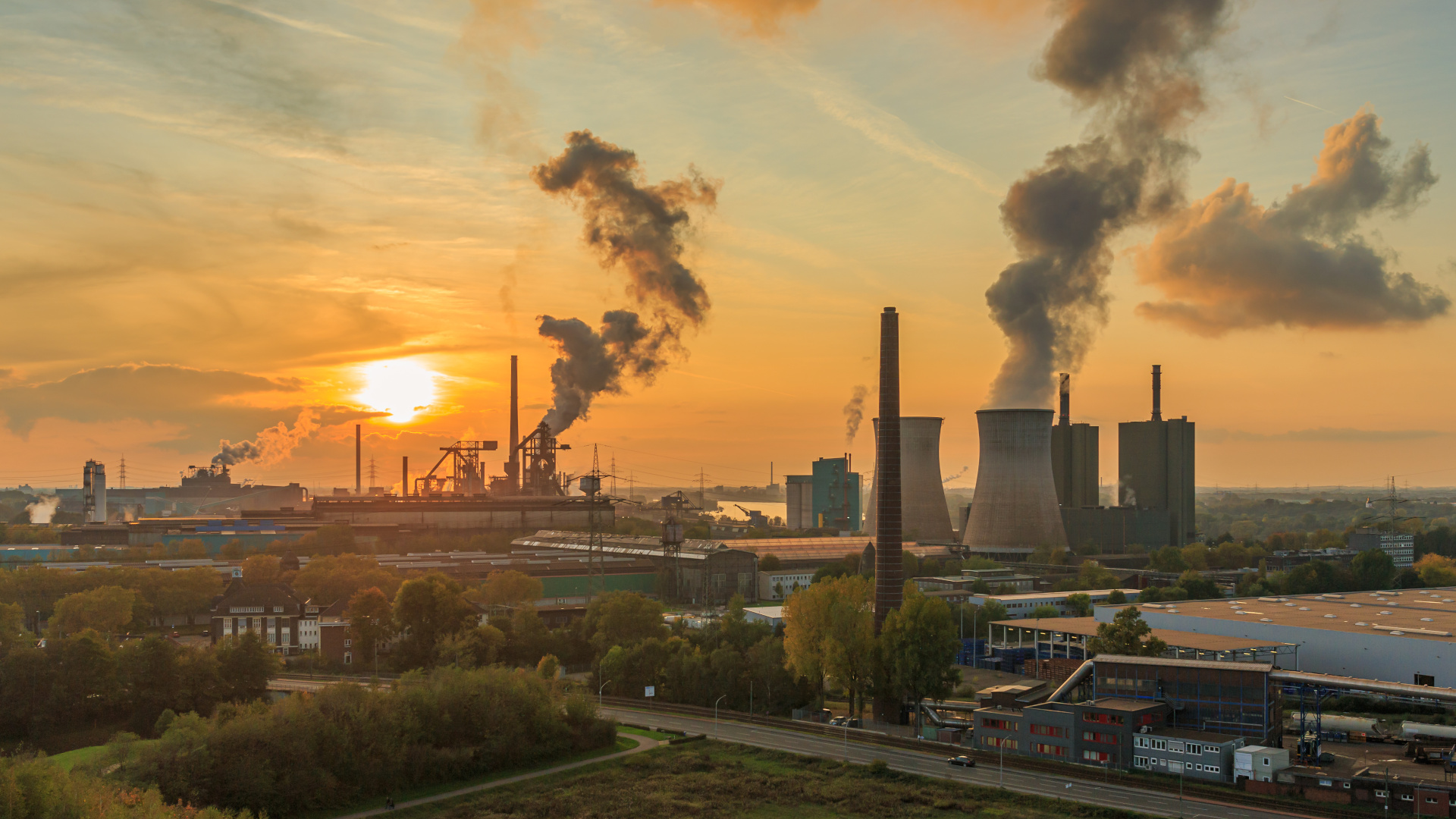Decerna have been carrying out a range of work to use renewable energy and low carbon technologies to fight poverty, specifically fuel poverty, but this also has a major impact on child poverty.
Fuel poverty can have major effects on children. To give general information on child poverty in the UK, a well referenced selection of information is given by CPAG (Child Poverty Action Group) [1]:
- There are 3.8 million children living in poverty in the UK today. That’s 29 per cent of children, or more than one in four. [2]
- There are even more serious concentrations of child poverty at a local level: in 100 local wards, for example, between 50 and 70 per cent of children are growing up in poverty [3].
- Work does not provide a guaranteed route out of poverty in the UK. Almost two-thirds (58 per cent) of children growing up in poverty live in a household where at least one member works [2].
- People are poor for many reasons. But explanations which put poverty down to drug and alcohol dependency, family breakdown, poor parenting, or a culture of worklessness are not supported by the facts[*].
- Child poverty blights childhoods. Growing up in poverty means being cold, going hungry, and not being able to join in activities with friends. For example, 71 per cent of families in the bottom income quintile would like, but cannot afford, to take their children on holiday for one week a year [2].
- Child poverty has long-lasting effects. By 16, children receiving free school meals achieve 1.7 grades lower at GCSE than their wealthier peers [4]. Leaving school with fewer qualifications translates into lower earnings over the course of a working life.
- Poverty is also related to more complicated health histories over the course of a lifetime, again influencing earnings as well as the overall quality – and indeed length – of life. Professionals live, on average, eight years longer than unskilled workers [5].
- Child poverty imposes costs on broader society – estimated to be at least £25 billion a year [6]. Governments forgo prospective revenues as well as commit themselves to providing services in the future if they fail to address child poverty in the here and now.
- Child poverty reduced dramatically between 1998/9-2010/11 when 900,000 children were lifted out of poverty [2]. This reduction is credited in large part to measures that increased the levels of lone parents working, as well as real and often significant increases in the level of benefits paid to families with children.
- Under current government policies, child poverty is projected to rise from 2012/13 with an expected 300,000 more children living in poverty by 2015/16 [7]. This upward trend is expected to continue with 4.2 million children projected to be living in poverty by 2020.
According to the charity Shelter in the report [8]; “These children are living in damp, cold, infested housing or on estates that are shamefully neglected and ridden with fear and filth. Living at the whim of bad landlords who threaten and neglect. Living under the cloud of eviction and debt. Or they are literally homeless – not on the streets but in emergency housing waiting for somewhere permanent to live.”
Information is given by “The Impact of Fuel Poverty on Children” policy briefing written by Professor Christine Liddell [9]. This looked into peer reviewed research globally on the effects of fuel poverty on children.
For example, a study in the US compared two groups of low income children in five different cities. Group 1 lived in families which were receiving a winter fuel subsidy, and group 2 were not. It was found that infants in homes without subsidy were 40% more likely to be admitted to hospital or primary care clinics in their first three years. They were also more likely to be underweight.
Why is this? Like anyone, infants stay warm by burning calories. Thus when they are cold, they have fewer calories available for other jobs such as growing or building a healthy immune system. Additionally, the paediatricians involved in this work speculated that there are risks to children’s cognitive development from years of being underweight.
To put it simply, as stated by the housing charity Shelter, “bad housing wrecks lives”
Work carried out by Decerna which has impacted on fuel poverty includes:
- Low carbon retrofitting of North East domestic properties
- ERDF Social Housing Energy Management
- Reed Street zero carbon housing development
The most recent Narec news stories on this work are:
- Fuel poverty project improves 53 homes in Northumberland
- Energy improvements to South Shields homes to lift residents out of fuel poverty
[*] For example, G Hay and L Bauld, Population estimates of problematic drug users in England who access DWP benefits, Department for Work and Pensions, 2008, suggest that 6.6 per cent of the total number of benefit claimants in England were problem drug users. While drug misuse may prove to be a key reason this group of people finds it hard to escape poverty, it clearly has no explanatory power for the other 93.4 per cent of claimants.
| [1] | “Child poverty facts and figures,” [Online]. Available: http://www.cpag.org.uk/child-poverty-facts-and-figures#footnote1_xgr6bwh. [Accessed 2012 08 30]. |
| [2] | “Households Below Average Income, An analysis of the income distribution 1994/95 – 2010/11,” Department for Work and Pensions, 2012. |
| [3] | “Child Poverty Map of the UK,” End Child Poverty, 2011. |
| [4] | “GCSE and Equivalent Attainment by Pupil Characteristics in England 2009/10,” Department for Education , 2011. |
| [5] | “Life expectancy at birth and at the age of 65 by local areas in the UK, 2004-6 and 2008-10,” Office of National Statistics, 2011. |
| [6] | D. Hirsch, “Estimating the costs of child poverty,” Joseph Rowntree Foundation, 2008. |
| [7] | J. B. a. R. J. M Brewer, “Child and working age poverty from 2010 to 2020,” Institute for Fiscal Studies, 2011. |
| [8] | “Toying with their future – the hidden cost of the housing crises,” Shelter, 2011. |
| [9] | C. Liddell, “The impact of fuel poverty on children,” Save the Children, 2008. |




